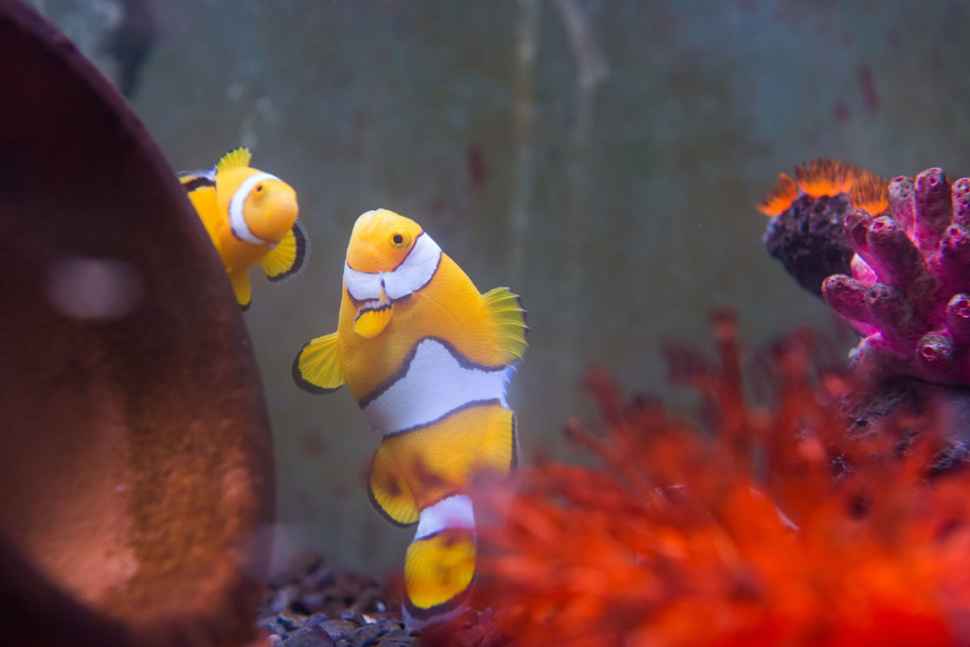Saving Nemo at the heart of Flinders conservation program
From cuckoos to clownfish, Flinders’ School of Biological Sciences’ Associate Professor Karen Burke da Silva is doing her bit for conservation.
The Canadian-Australian scientist, who has conducted research into many land and sea species including North American cuckoo birds and tortoises, is successfully running one of the world’s only clownfish breeding centres, at Flinders University.
This year, she will step up her seven-year conservation program with the timely launch of a mobile app in Australia to coincide with the release of the sequel to the ever-popular Disney-Pixar animated film, Finding Nemo.
The Australian release of Finding Dory, featuring the little lost clownfish Nemo and his friends, is set for June 2016 when the specially developed citizen scientist mobile app will be released to map and collect valuable conservation data about the colourful, anemone residents on the Great Barrier Reef and other tropical waters.
“We know children and the community love the idea of helping to ‘save Nemo’ in its natural environment,” says Associate Professor Burke da Silva.
“The film sparks an amazing level of interest in this animal, and soon people can help find Nemo in the wild to build a profile of their numbers and to help understand their interactions with the symbiotic partners, the sea anemones.”
While not imperilled in Australian waters where populations are carefully monitored, the popularity of these little fish for the aquarium trade has seen them disappear in some parts of Australia and in many areas throughout Asia.
While the majority of fresh water aquarium species are captive bred, an estimated 90% of tropical marine fish sold into the aquarium trade come from the wild.
Flinders research collaborator Anita Nedosyko adds that climate change and coral reef bleaching are also having an effect on clownfish numbers in Australian tropical waters.
“We will use data collected through the app program to build a picture of changes to coral and anemone habitats and of oceanic acidification, pollution and other environmental impacts,” she says.
“Our education program will also push out into local schools, including getting more visits and volunteers to the Animal House breeding program.”
Special activities to promote the program will be planned for this year’s National Science Week program in August.
Along with the fun stuff, the Flinders team is publishing insightful research into clownfish breeding and ecology which will build on international efforts to support the world’s 28 species of the multi-coloured fish, along with the 10 different types of anemones – some of which can only survive with their clownfish companions.
Associate Professor Burke da Silva’s team is also opening discussions with a Thailand clownfish research program with the aim of promoting more sustainable removal of wild fish and to share the specialist Flinders knowledge on captive breeding of the beautiful animals.
“The long-term result of these negotiations in Asia could be the successful release of captive-bred clownfish back to the wild which could restock local areas where the fish have become locally extinct,” Associate Professor Burke da Silva says.
Story by: Tania Bawden



